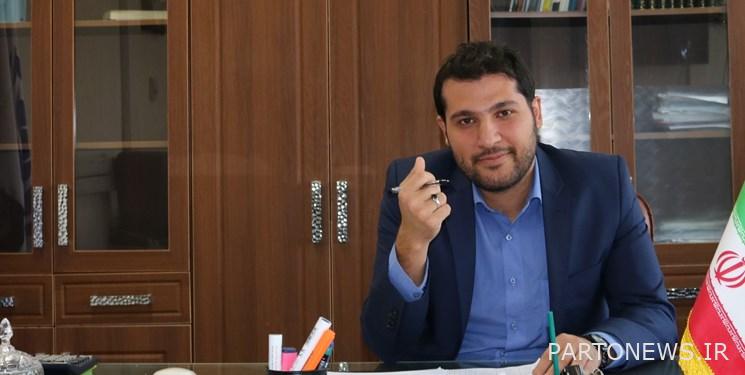Khalatbari: A crisis occurs when there is no dialogue

According to Fars News Agency’s media reporter, Dr. Mohammad Hassan Khaltabari, in the meeting of the media during the crisis, which was held at the Tehran Book Fair with the presence of a group of professors and students of journalism and communication; He stated: The minds of the youth of the current generation are full of unfamiliarity and unfamiliarity with the conditions in the society due to not having experienced the events that the previous generation experienced.
He continued: One of the functions of the media is to transmit cultural heritage among generations. Of course, this lack of transfer of culture is a global trend, but it seems that our media is stuttering in communicating with this generation even more than other countries. This social phenomenon can also affect political issues and end up in crisis in synergy with external stimuli.
This university lecturer added: A crisis occurs when there is no dialogue. When the appropriate response is not given to the generational difference. It appears in situations where this generation thinks that it is alien to the existing situation. In another definition, societies are in a crisis situation when they face an obstacle in front of important goals and cannot use the usual problem solving methods.
Khalatbari stated: The main feature of the crisis is the lack of ability to react to issues in a short time. When a crisis occurs, its branches and branches must be faced at the same time. After the crisis, it is not possible to deal with the crisis by just talking. In addition to the fact that it is necessary to form permanent platforms and some kind of public scope for the exchange of public opinions; One should think to solve the roots and not neglect the leaves. The first step to solve the crisis is to know its nature and angles.
He stated: The media is the creator, observer, platform for formation and at the same time calming crises. In the primary category, crises are divided into natural crises and human crises. In general, the techniques that journalists need to act on in crisis situations are classified into three parts: mental and cognitive techniques, textual techniques, and metatextual techniques. In the field of metatextual techniques, propositions such as how to create narratives, the principles of sound and image aesthetics, etc., should be properly applied. A beautiful message in today’s world means a purposeful message.
This university professor further stated: In the field of mental-cognitive techniques, one should be familiar with categories such as subject finding, audience research, etc. in detail. Textual techniques are actually the same techniques of journalism in its different genres. Techniques such as news styles and types of news writing, headline writing, lead writing, news tricks, etc., when a reporter is not proficient in these techniques, it is practically impossible to create a narrative.
He added: The position of the media before and after the crisis is different. In order for media managers to manage their media well in crises, it is necessary to have a correct understanding of issues such as, familiarity with what and type of crisis and its effects and complications; The needs of the society and the audience before, during and after the crisis and have a correct understanding of the type of media and its capacities. In a crisis, a media can generally have about 5 strategies.
Khalatbari admitted: The first strategy is not highlighting, which works in limited circumstances. The second strategy is to emphasize the opinion of experts and experts to prevent the influence of rumors on the public. The third strategy is to publish news reports to respond and prevent the spread of the crisis. The fourth strategy refers to the speed in informing with the aim of creating the first narrative. The last strategy is the strategy of psychologists. In this strategy, information about different human angles and the human importance of the crisis is emphasized and paid attention to.
In the end, he noted: In which strategy and when to be applied by which media manager, it depends on the social conditions and the ability of that media to apply a strategy. Sometimes several strategies are used together in news coverage.
end of message/
You can edit this article
Suggest this article for the first page

